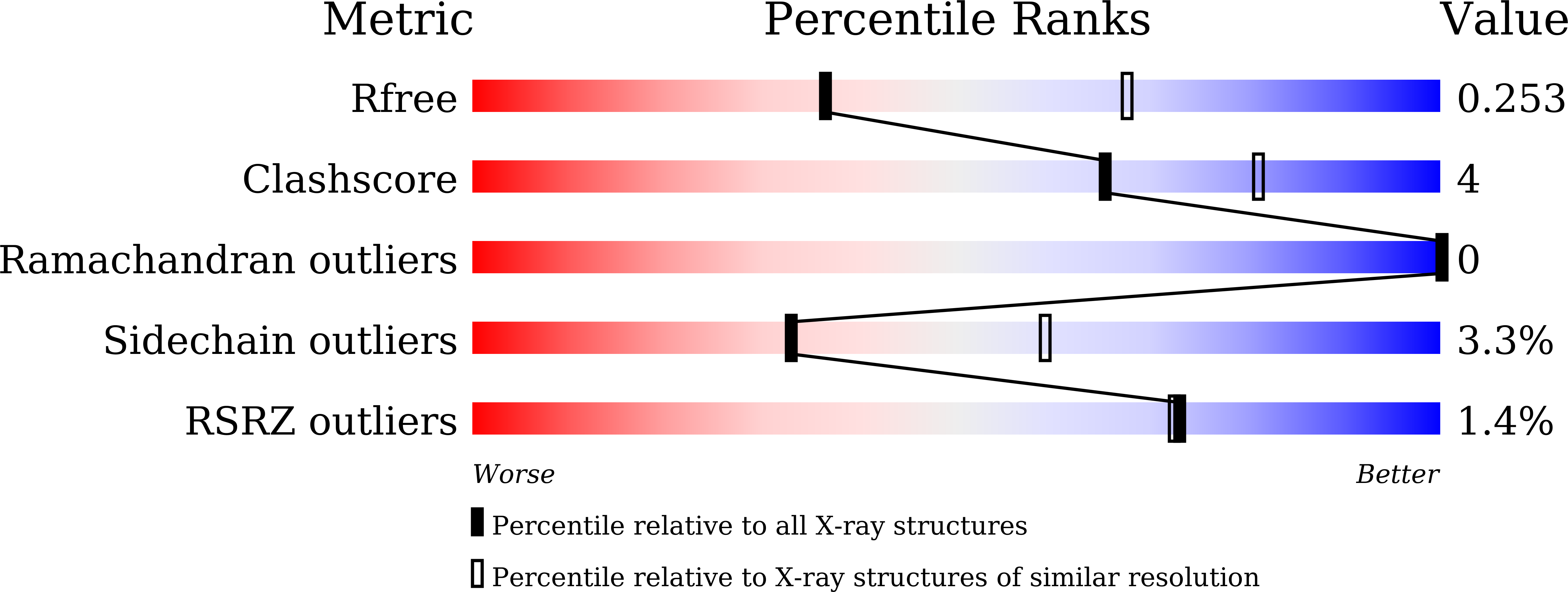
Deposition Date
2025-07-16
Release Date
2025-07-30
Last Version Date
2025-11-19
Entry Detail
Biological Source:
Source Organism:
Kutzneria albida DSM 43870 (Taxon ID: 1449976)
Host Organism:
Method Details:
Experimental Method:
Resolution:
2.68 Å
R-Value Free:
0.24
R-Value Work:
0.18
Space Group:
P 43 21 2


